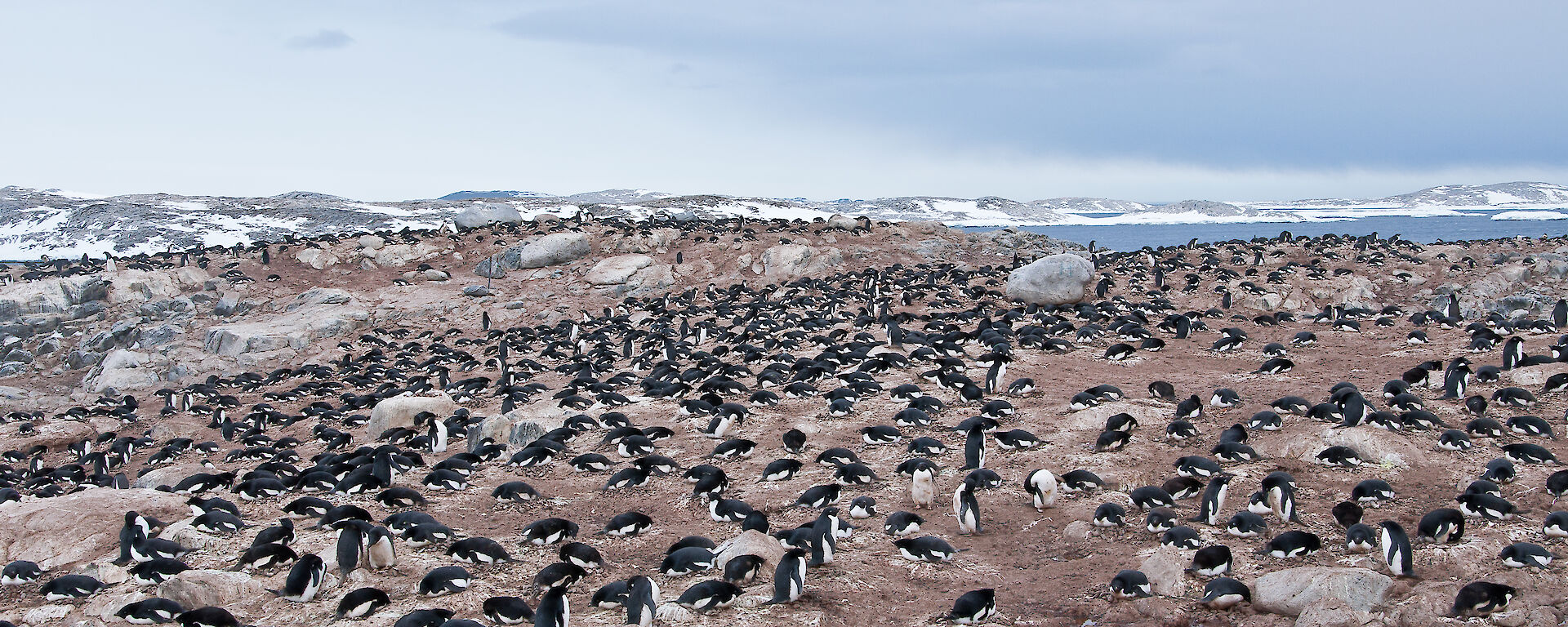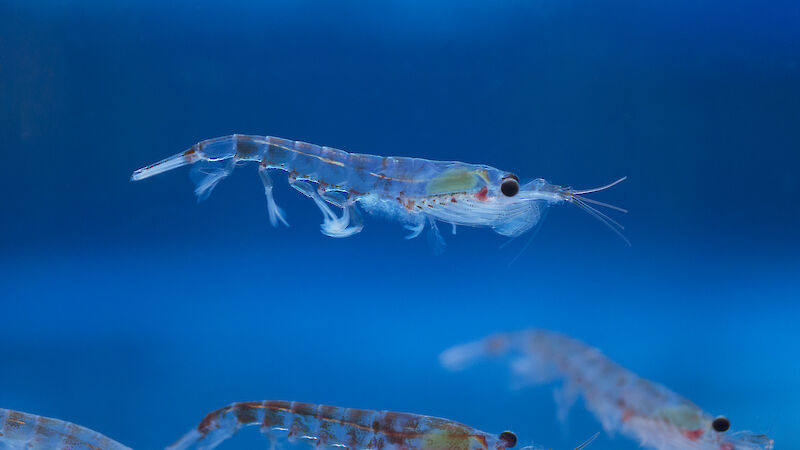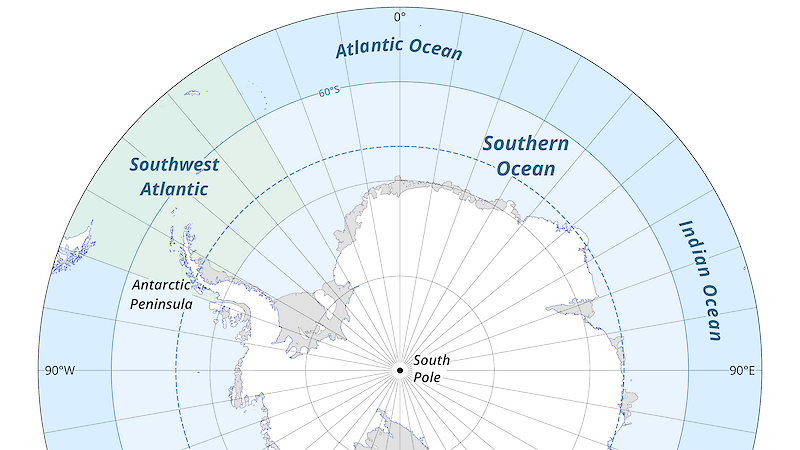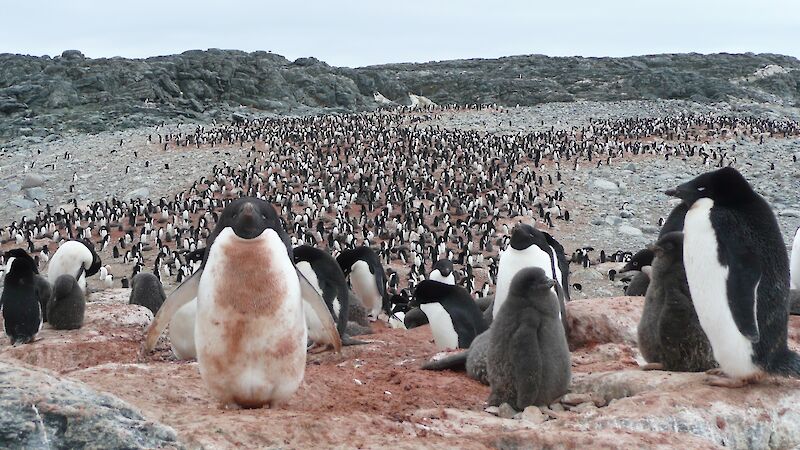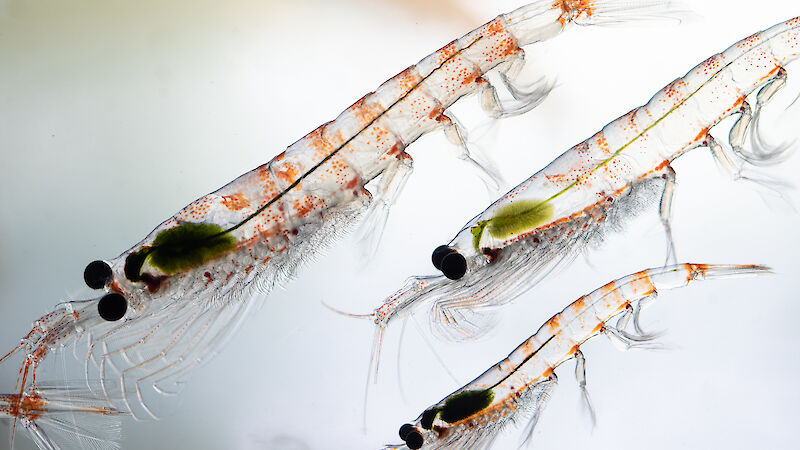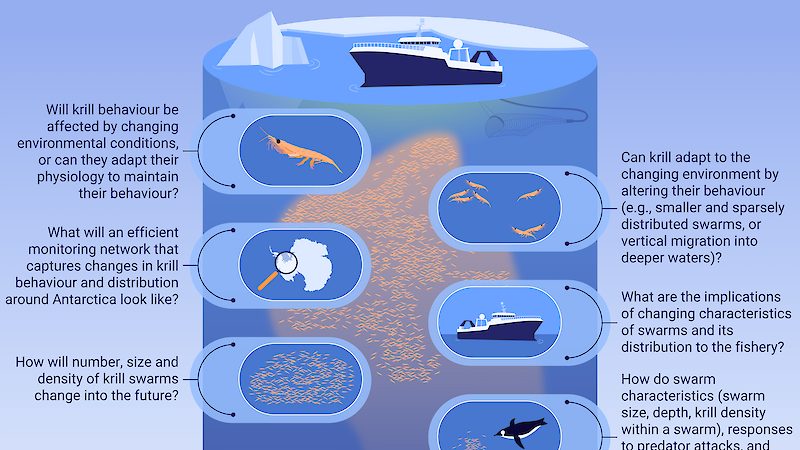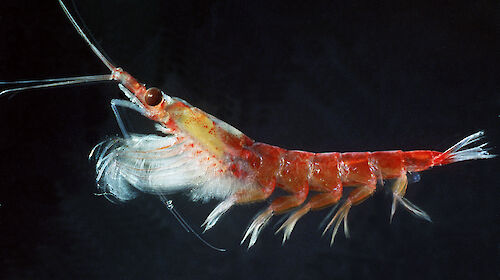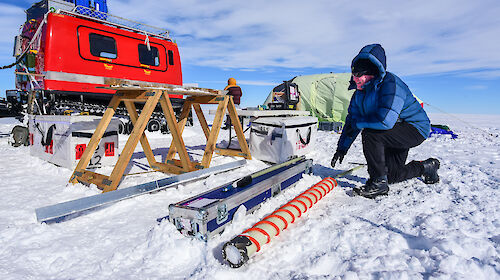Dr Kawaguchi said the changes could have significant flow-on effects for krill behaviour and physiology, predator interactions, and krill’s important role in removing carbon from surface waters to the deep ocean.
“Analysis of a krill dataset collected over more than 50 years, showed habitat contraction in the Southwest Atlantic sector was associated with a reduced occurrence of krill swarms in the northern extent of the habitat, and a decline in krill density,” Dr Kawaguchi said.
“There is also a major disruption in the characteristics of krill populations in the Southwest Atlantic sector, driven by rapid climate change that has resulted in a decrease in the annual sea-ice season by three months. This has reduced critical habitat for adult and juvenile krill."

